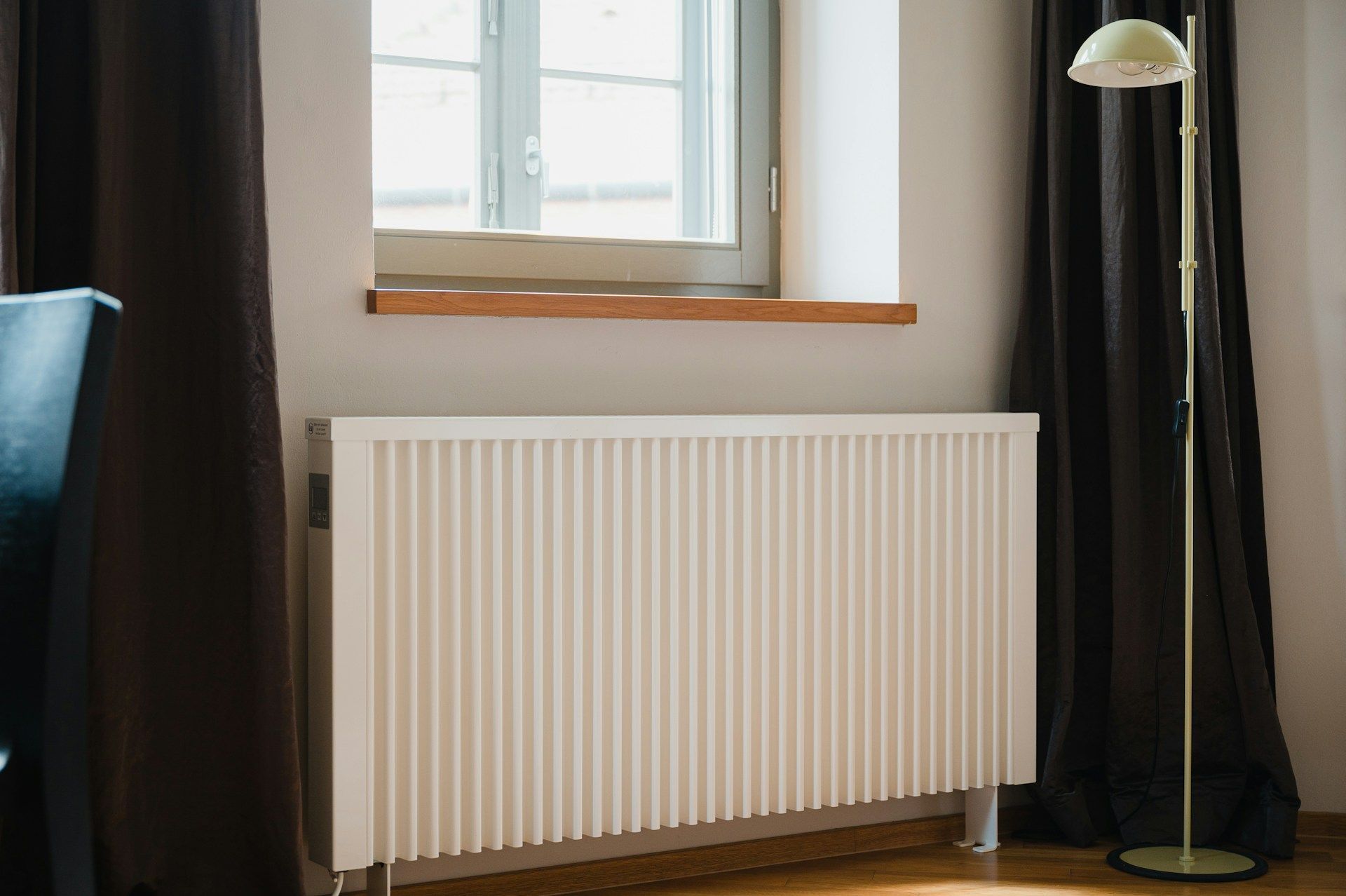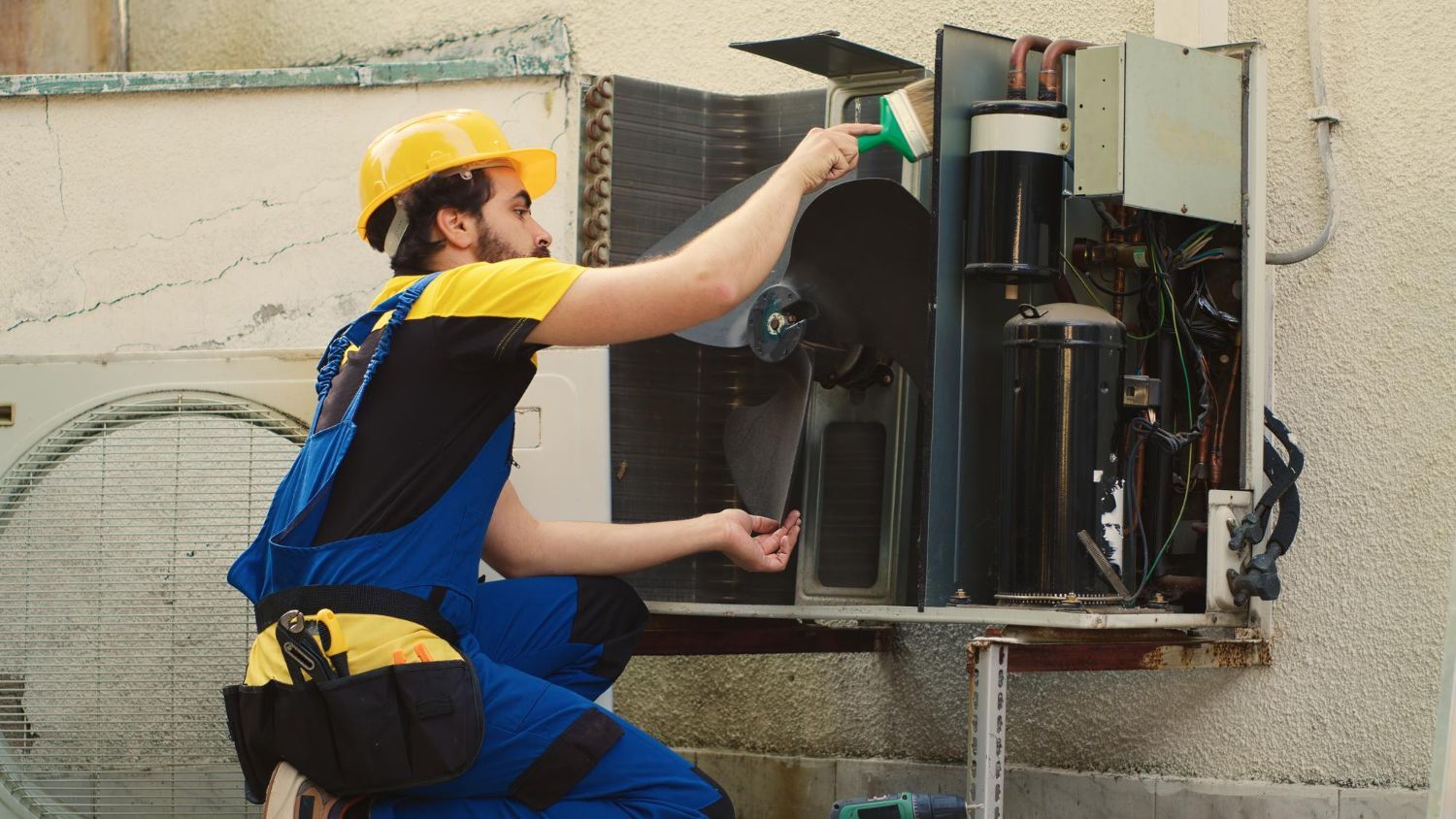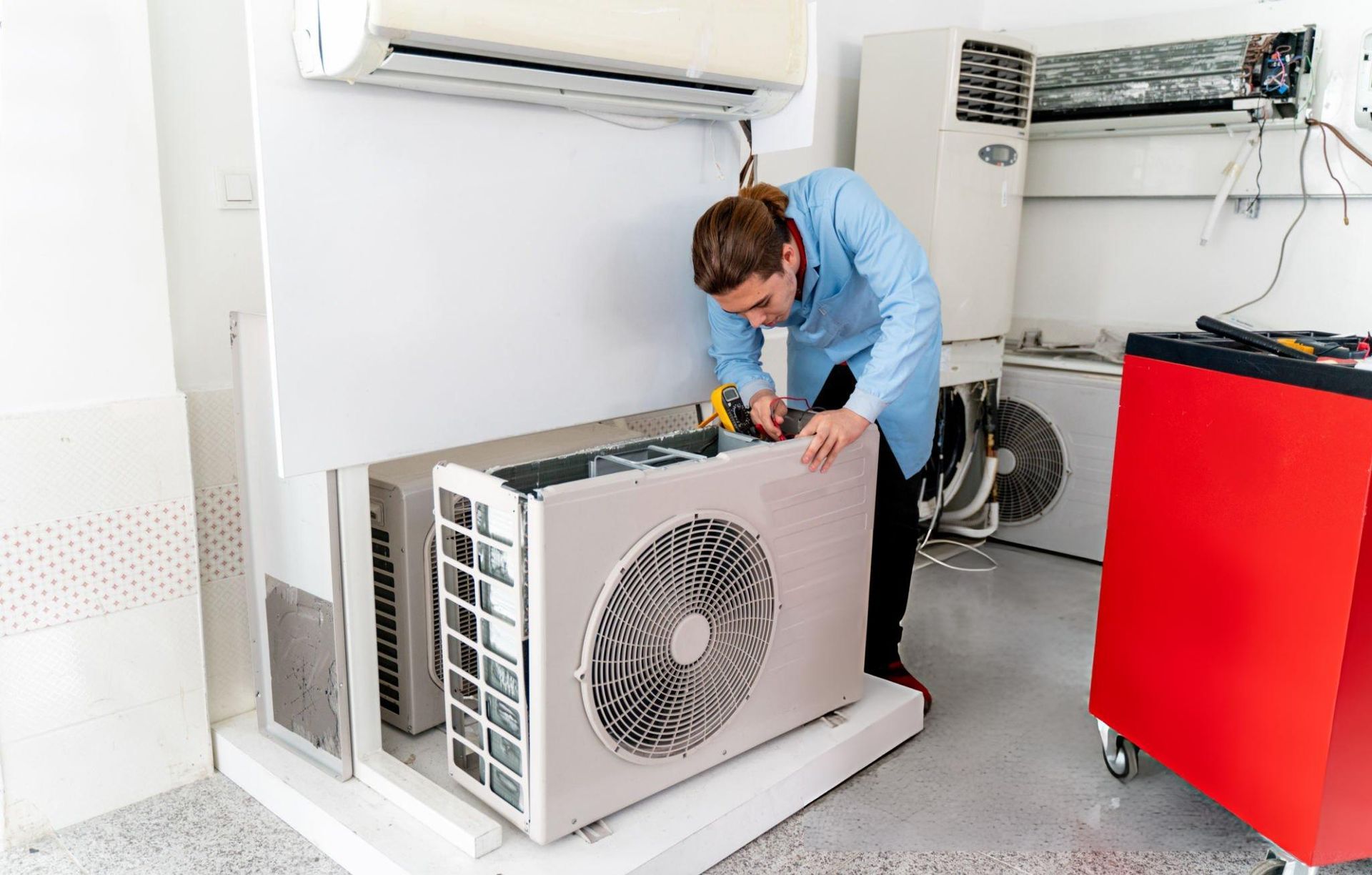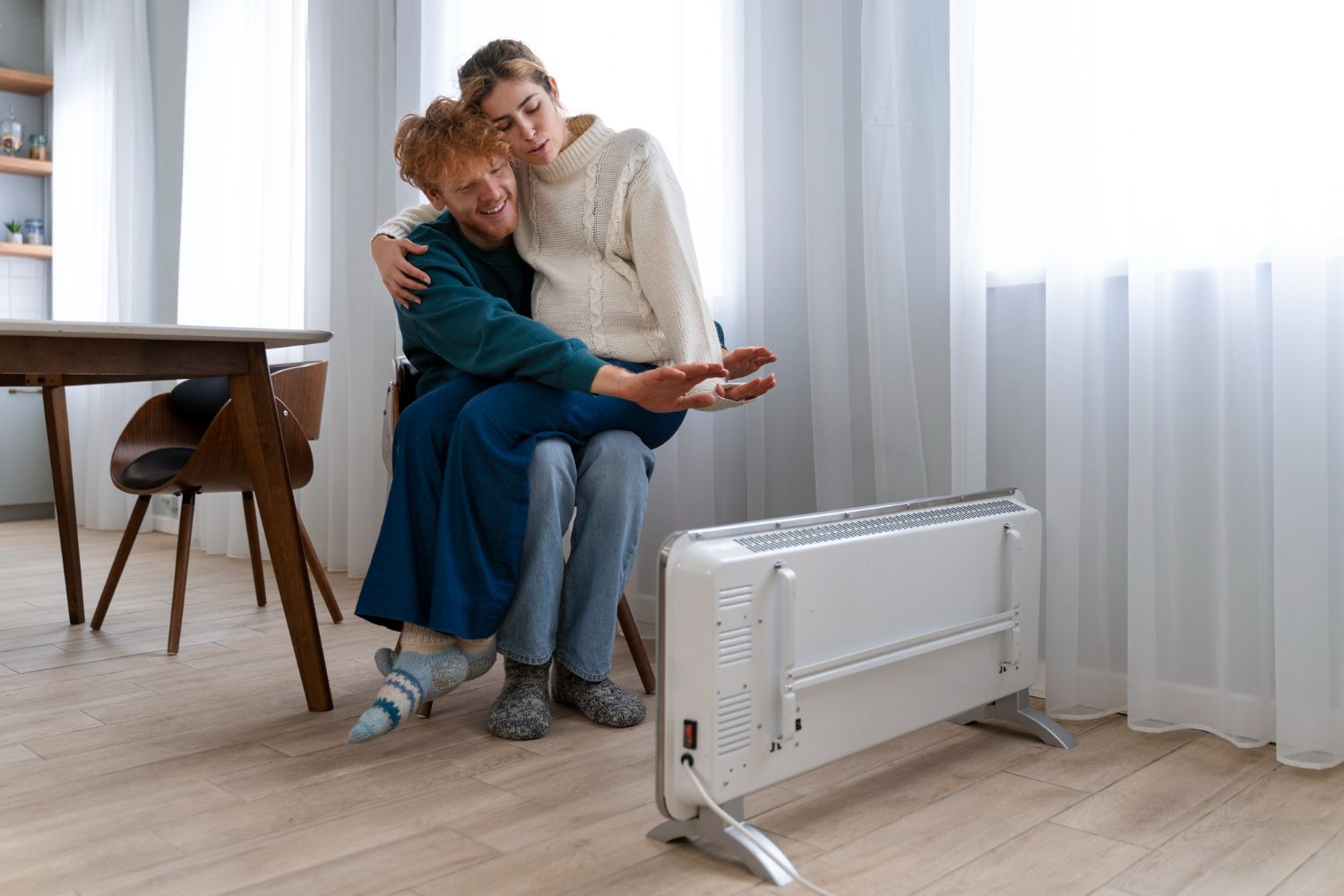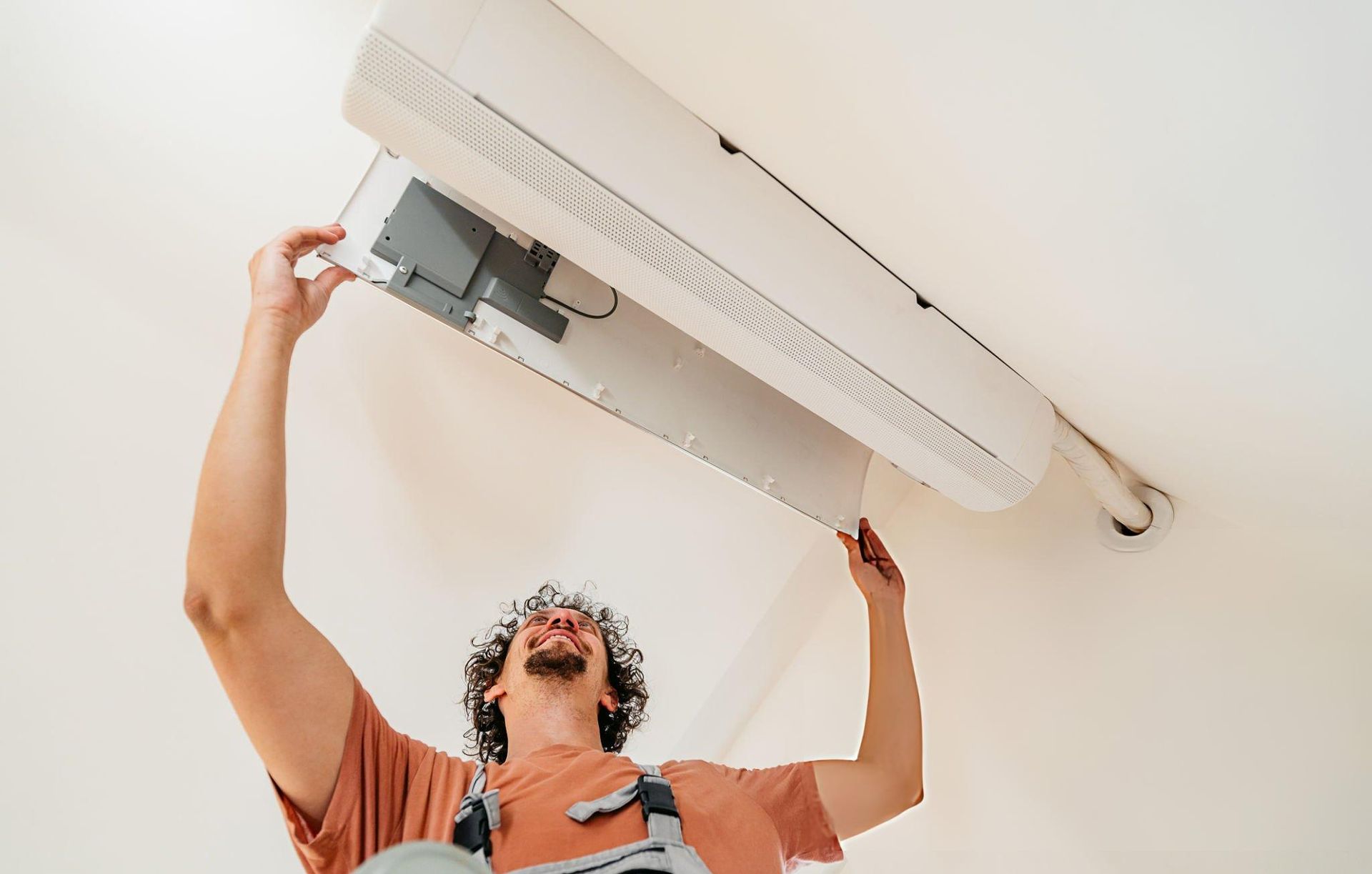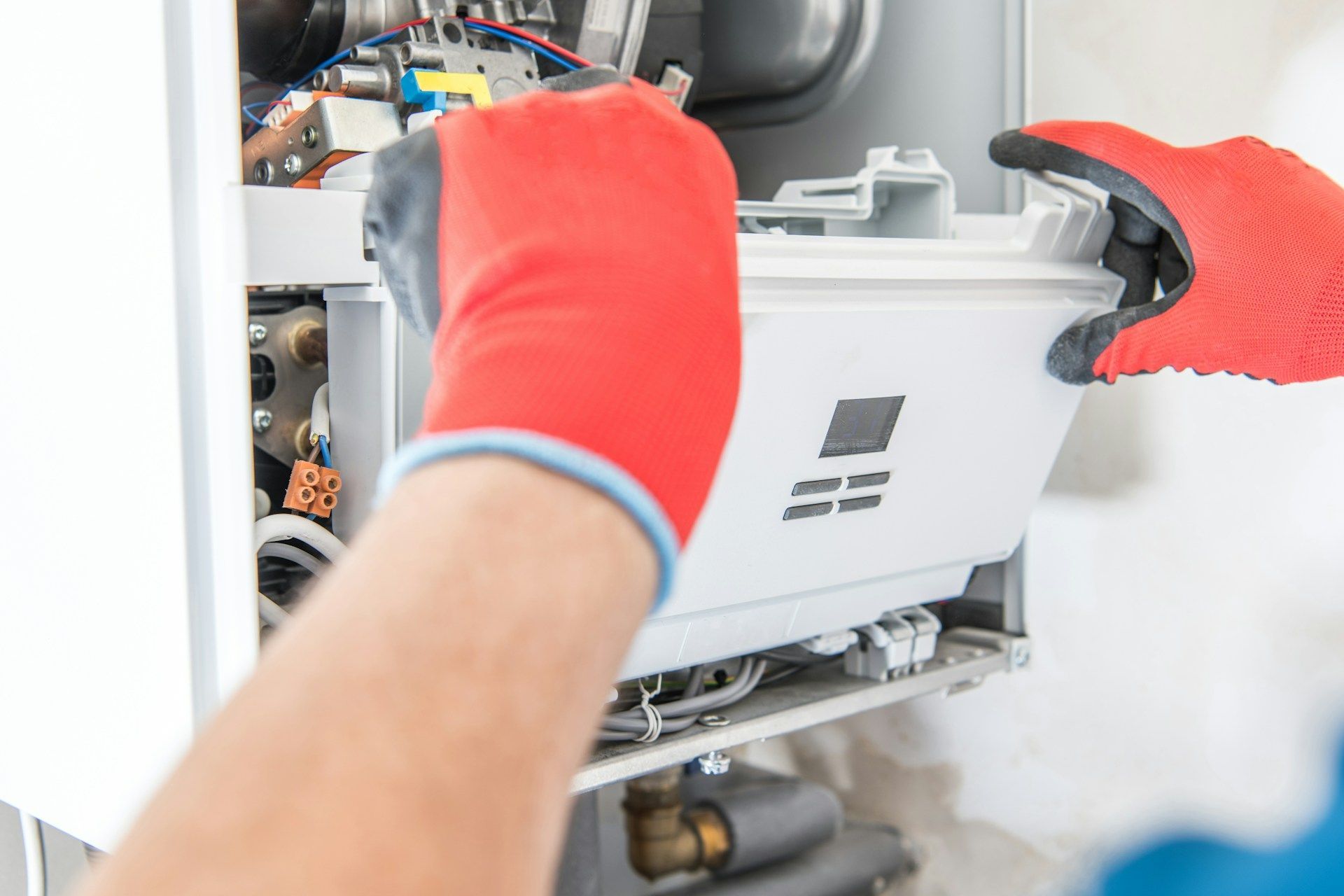If some parts of your home feel like a sauna while others never seem to shake the chill, you're not imagining things. Uneven temperatures from room to room are a common problem for many homeowners. It can happen during any season, but it often becomes more noticeable when your air conditioning is working harder in the hotter months. One room stays cool, another feels warm and stuffy, and adjusting the thermostat doesn’t help.
Besides being uncomfortable, this kind of inconsistency can also point to larger issues with your system or home setup. Whether it's a draft, a blocked vent, or something more complicated with your HVAC system, it's worth taking seriously. Understanding what's causing those temperature swings is the first step to making your home feel balanced again.
Causes Of Uneven Home Temperatures
Temperature swings in different rooms can come from a range of issues. Some are minor fixes, while others show that your heating and cooling system needs more attention. Here are the most common causes homeowners run into:
1. Poor insulation
Insulation can age, sag, or be too thin in some parts of the home. If the insulation in one area isn’t doing its job, that room won’t hold warm or cool air very well.
2. Oversized or undersized HVAC systems
Bigger isn’t always better. If your HVAC system is too powerful for your home’s square footage, it might shut off before it can fully even out the temperature. Conversely, a system that's too small will struggle to keep up and may fall short in certain areas.
3. Ductwork and Airflow Control issues
Leaky or blocked ducts make it difficult for air to move evenly between rooms. Air might blast in one room while barely trickling into another.
4. Sunlight and window placement
Rooms with more direct sunlight may naturally feel warmer, while shaded rooms stay cool. If the HVAC system isn’t balanced with this in mind, you'll notice the difference.
5. Closed or blocked vents
Furniture, rugs, or even dust can partially block vents. Sometimes, people close vents in unused rooms, thinking it will save energy, but this can throw off airflow patterns and make other rooms feel too cold or warm.
Let’s take a simple example. If your upstairs bedroom feels like a sauna in the afternoon but the downstairs living room stays cool, it might not be the thermostat’s fault. Hot air naturally rises, and if the airflow upstairs is restricted because of duct leaks or old insulation, the temperature will be off no matter what you do.
Knowing the cause is half the battle. Fixes range from opening a hidden vent to scheduling an HVAC tune-up, but we must figure out what’s triggering the imbalance.
How To Identify HVAC System Issues
Once you start noticing uneven temperatures, it helps to do a quick check around your home before calling in expert help. There are a few signs that your HVAC system might be part of the problem.
Look for these red flags:
- One room constantly feels hotter or colder, even when doors and windows stay closed
- Your HVAC system cycles on and off too quickly or runs constantly without making much difference
- You hear rattling, whistling, or hissing sounds coming from the vents
- Your energy bills are gradually rising even though your heating and cooling habits haven’t changed
You can also check for simple issues like:
- Dirty filters that need to be replaced
- Blocked vents from furniture, rugs, or dust buildup
- Thermostats that might be placed too close to heat-producing devices or windows
Walking into each room and noticing different airflow strengths from the vents can be another clue. Uneven airflow often leads to trouble with the ductwork or issues with the blower motor. It is good to observe, take notes, and bring this information with you when you eventually get professional help.
Taking a few minutes to inspect your home’s setup might help you catch something minor before it gets worse. And if the issue isn’t something you can spot easily, there's a good chance it’s time to have your system checked.
Solutions To Improve Temperature Consistency
Once you determine the cause of the uneven temperatures, the next step is to solve the problem so that every room in your home feels just right. Some solutions involve simple upgrades, while others involve more planning with a professional.
Here are a few ways to help balance the temperature throughout your house:
- Upgrade your insulation
Old or weak insulation can let air escape. Adding insulation to your attic, basement, or walls helps prevent conditioned air from escaping or outdoor air from creeping in.
- Seal drafts and leaks
Even with good insulation, small gaps around windows, doors, and vents can mess with your indoor temperature. Weatherstripping and caulking around these areas can keep air from leaking out or in.
- Balance your airflow
Air that can’t move freely ends up cooling or heating places unevenly. A professional can help adjust your system to push more air into areas that need it while easing off where it’s too strong.
- Clean and inspect ductwork
Dust, debris, and leaks inside ducts block airflow or cause air to escape before reaching the rooms that need it. Duct cleaning and sealing can greatly affect how evenly cool or warm air is spread around.
- Consider a zoning system
Zoning allows different areas of your home to be controlled separately by their own thermostats. So if the upstairs gets hotter than the downstairs, one area won't affect the other. It’s a more targeted way to stay comfortable.
Let’s say your family room gets full afternoon sun, naturally making it warmer than other areas. A zoning system would let you cool just that room without overcooling the rest of the house. That kind of flexibility can really improve how your home feels without overworking your HVAC system.
When To Call For Heating And Cooling System Repair
At some point, you’ll encounter a problem you can’t fix by adjusting a vent or replacing a filter. If uneven temperatures continue even after you’ve taken steps to improve airflow or seal off leaks, your HVAC system could be experiencing a more serious problem.
Here are a few signs it’s time to bring in a technician:
- You’ve tried correcting airflow issues and still see no improvement
- Rooms take forever to reach the set temperature or never get there at all
- The system is more than 10 years old and hasn’t been inspected recently
- You notice noises, odd smells, or a spike in energy bills
- Temperatures are noticeably worse in the summer or winter months than they used to be
Regular maintenance helps keep your system running properly, but sometimes parts wear out or fail without warning. Maybe it’s a blower motor that needs adjusting, or maybe a thermostat isn’t reading the temperature right. The good news is that most heating and cooling problems can be fixed quickly if they’re caught early.
If your system is blowing imperfectly or only working well in part of the home, don't wait until it quits. Getting the problem checked out now will make your space more comfortable and avoid bigger problems.
Make Your Home Feel Comfortable Again
No one wants to feel like they’re walking through different seasons just by moving from one room to another. Uneven temperatures can be frustrating, especially when your HVAC system is supposed to keep your whole house comfortable. But once you understand what’s behind the imbalance and how to fix it, the issue becomes much easier to manage.
Whether your home needs better insulation, cleaner ductwork, adjusted airflow, or a full system checkup, the important thing is taking action before minor problems grow into larger repairs. A comfortable home isn’t just about the right equipment. It’s about making everything work together so that your entire space feels good.
If you're tired of rooms that never feel right, talking to a professional could be the solution that brings your home back into balance. Ask about our Peace of Mind Guarantee.
Feeling like your home isn't as comfortable as it could be? Don’t let uneven temperatures get the best of you. When dealing with an unbalanced system, a trusted expert can help. If you're ready to tackle uneven temperatures and improve your indoor comfort, contact Buckley Heat Air for personalized support. Our team specializes in
heating and cooling system repair and ensures every room in your home feels just how it should. Experience the comfort you've been missing all year round.


